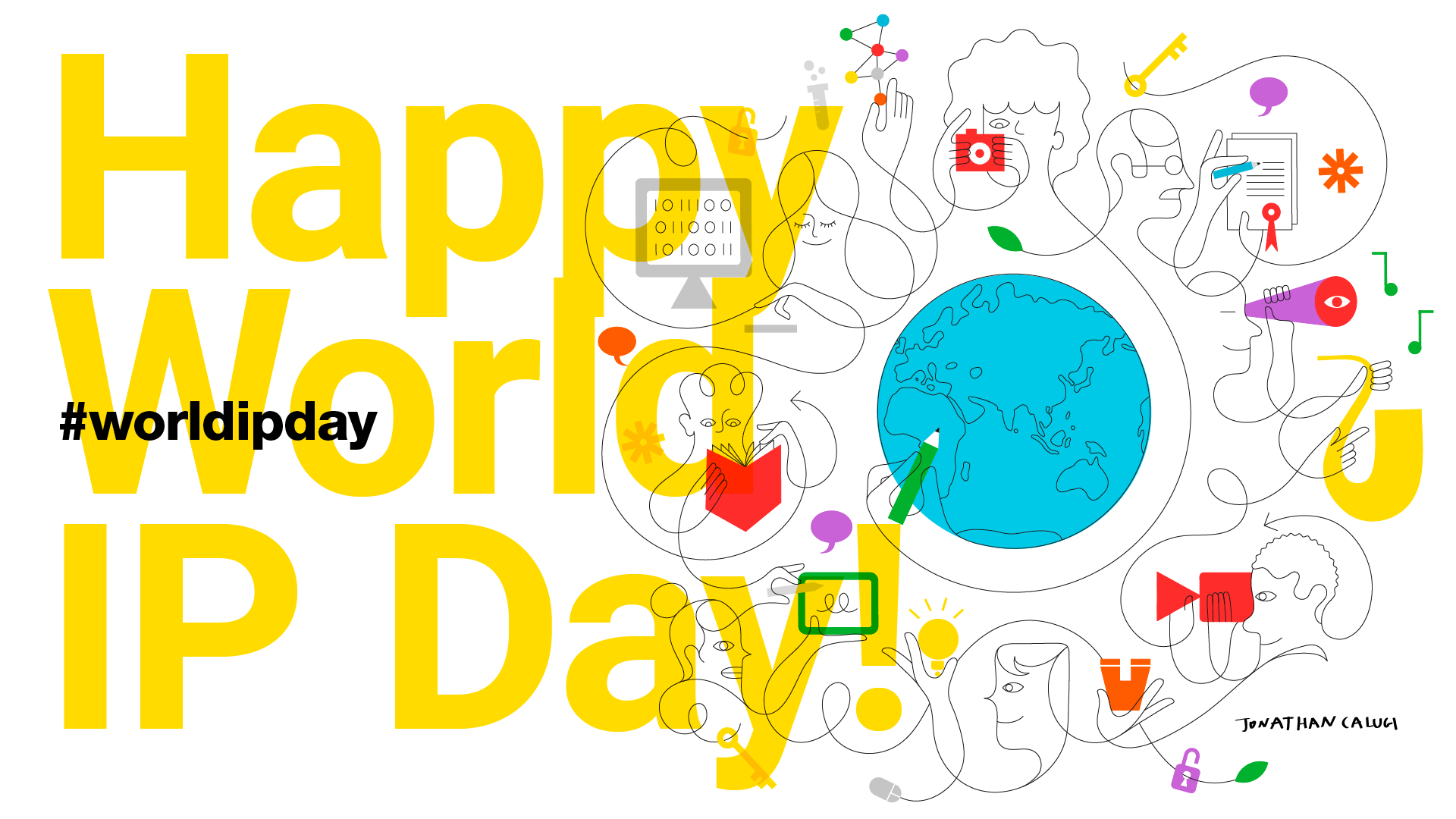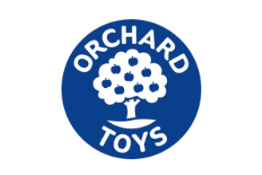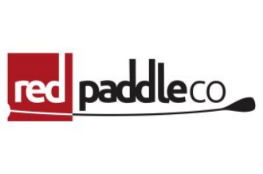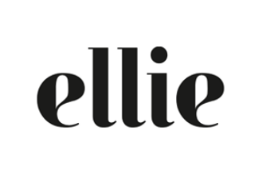The 26th of April marks World Intellectual Property Day. This is a day to celebrate the achievements of IP, to educate the world about its importance and inner workings, and the role it plays in boosting the world’s creativity, innovation, and trust between businesses and consumers.
In light of today’s importance, this article is a celebration of intellectual property. We’ll be covering how trademarks, patents, design rights and copyright positively affect the world we live in.
Copyright
In a very direct sense, protections granted under copyright law make it possible for new artistic creations to be widely and consistently produced. When a piece of creative work is made and, importantly, shown to the public, copyright protections are immediately granted to the creator. That means that they are the sole individual able to sell, reproduce, and distribute that work.
This system essentially works in a similar way to patents. Copyright holders are free to sell the rights to their work, just as inventors are free to sell their patent rights. This makes it economically viable for painters, playwrights, musicians, and artists of all types to focus on their creative work. In many cases, they can allow a third party to handle the distribution and business elements, such as an author with their publisher or a band with their record label, while they themselves focus on their craft.
Without these protections, artistic contributions to society would be clearly diminished. It wouldn’t be feasible for someone to be a professional in almost any field of art, because a rogue third-party actor could simply copy the work and sell it themselves. An author wouldn’t spend months on a new book if one day after publishing, there is someone else selling the book for half the price.
The end result of these copyright protections is a net benefit for everyone, particularly for the general public. In many ways, professional artists form the backbone of modern culture. So, by ensuring that the work of artists is economically viable, there is a steady stream of new additions to every facet of today’s culture.
Trademarks
Trademark is the section of IP law that is most closely related to protecting businesses in society. It’s closely tied to branding, in that the idea is to create a familiar name on products that consumers can learn to trust. This prevents others from launching products in the same or similar class or category under the same name.
In the broadest sense, trademark law exists to foster trust between businesses and the public. By labelling products with consistent branding, consumers can be sure that the products they purchase are trustworthy. They can assume that the product they are buying has been made to the standards of that company. Additionally, the overall value of that brand will be defined not just by the product itself, but also by the ‘soul’ of the company.
The damage that is caused when trademarks aren’t respected is very clear. The counterfeiting industry is worth 3.3% of global trade, and the problems it causes are plenty. The primary one is that dangerous products can become harder to police. While most people think of shoes, bags, and clothes when the topic of counterfeiting arises, the reality is that every industry on Earth is a potential target. Counterfeit baby food, medicine, and safety features for cars, such as brake pads, are just some of the products that counterfeiters regularly target.
Since these counterfeiters already operate illegally, there’s nothing to incentivize them to ensure their products are safe. So, counterfeit baby food has been found to contain harmful chemicals, fake medicine often doesn’t contain the important active ingredient, and those knock-off brake pads don’t have the stopping power needed to keep drivers safe in an accident.
The price of a product is made up of a number of components, most notably manufacturing costs, research and development, safety testing, intellectual property protection, insurance, packaging, shipping, marketing and more. Fakes simply ‘rip off’ the original product – with no need for all the costs of origination or marketing. No consideration is given to product safety or the legal working conditions of those in the factories – the fake is simply replicating (in most cases) the visible, tangible product.
For businesses targeted by counterfeiters, there are three main problems that consistently come about. The most direct is the dip in sales they experience. Since the chief strategy of counterfeiters is to sell a product that’s aesthetically similar to the authentic product, but at a much lower cost, there is, too often, a significant portion of the company’s customer base that’s lured away by the discount.
The next problem arises when those customers use their new item and find the quality to be subpar. In many cases, the customer bought the item without knowing it was counterfeit. So, the customer is led to believe that the real company sold them the defective product. Unfortunately, the response from here is too often that their perception of the original company, as well as the trust they had in the company, is ruined.
The final chief problem appears when the company turns their attention to the problem of counterfeiting. Handling customers trying to return a counterfeit product, paying lawyers to find and report counterfeit products, pulling resources from other teams to fund anti-counterfeiting actions—the list of damages is long, and it can be totally destructive for a company to be in this situation.
Design Rights
Design rights—known as design patents in the US—are the protections given to a product’s visual aspects. This covers everything from the colours and patterns to the materials, texture, shape, and everything in between. This differs from patents, which serve to protect the functional aspects of a product, which we’ll cover in the next section of this article.
Similar to copyright, even unregistered designs are available for IP protection in many countries. This is the case in the UK, for example, where unregistered design rights are created in the same moment as the design itself is.
Design rights can be a particularly effective tool in an ongoing battle against counterfeiters. Companies producing knock-off versions of authentic products often cleverly avoid using the original logo, or use a distorted version of it, in an attempt to dodge a trademark infringement. So, a secondary route can be to request the fake product’s takedown from marketplaces based on its infringement of design rights.
This strategy can result in one of two options: either the counterfeit products are routinely removed from online marketplaces, or the counterfeiters have to change their own designs enough that their product no longer resembles the authentic one.
Patents
Patents are an inventor’s greatest ally. In short, patents work by preventing others from using new designs, processes, machines, and many other things that an inventor has created. With a patent, the inventor retains sole ownership over their own ingenuity. They can create a physical or digital product from it, license their patent out to companies, or sell the patent entirely for a quick profit.
On a larger scale, patents positively affect the world by boosting its incentive for technological development. A company funding a team of researchers has a much greater chance of making important breakthroughs or producing a stellar new invention than an individual does. And, because the rights to IP are passed from workers to employers in standard employment agreements, the fruits of this labour is kept within the company itself.
This system works for companies and individual inventors alike. With the ability to license out their design, inventors can focus on their ingenuity and still earn money from their inventions. Third parties can handle the production, distribution, and other business elements of using the invention, while the inventor may focus on what they know and do best—inventing things that are new, important, and useful.
But, these protections don’t last forever—and for good reason. In most cases, patents expire after 20 years. This gives the patent holder two full decades to profit from their investment in the invention before the market is opened for everyone else to freely use the invention.
Of note however, patents require individuals and companies to actually explain how their creations are made, and how they function. This process of scripting, filing and renewing can also be expensive. Additionally, the majority of patent systems worldwide include detail of how inventions work as these have to be disclosed in order for patent protection to be granted. This makes sense—without showing how the thing works, it would be unfeasible to try to stop others from making a copy.
Without this aspect of the patent system, inventors would be, and often are, more likely to keep their inventions a secret for as long as possible. Others, on the other hand, wait until their competitors release a new product and reverse-engineer it.
Conclusion
Intellectual property law is not without its flaws, but what it seeks to protect is worth celebrating and encouraging.
Patents encourage innovation in the world by ensuring a livelihood for successful inventors, and profit for companies investing in technological development. Copyright makes it possible for artists of all kinds to make a living from their work, which provides society with a steady flow of new artwork, music, books, and more. Finally, trademark allows for businesses to create trust with their customers over time, building value.
Research from the European Patent Office and EUIPO has shown a clear link between SMEs registering their IP rights and the success that follows. With at least one IP right registered, SMEs have a 21% higher chance of seeing a period of growth, and a 10% higher chance of becoming a high-growth firm.
This outcome of success is even higher when focusing on patents. In high-tech industries, high-growth periods are 110% more likely for SMEs that have at least one filed European patent. This number shoots up to 172% for SMEs in low-tech industries.
There is a very clear correlation between companies—even smaller ones—investing in innovation and protecting their IP and the success they enjoy in the future. It’s never the wrong time to start protecting and investing in your company’s own IP.
At SnapDragon we are passionate about helping companies of all sizes to protect their IP online. Take the first step in protecting your brand’s reputation, revenue and customers and get in touch.







